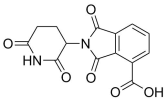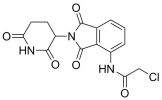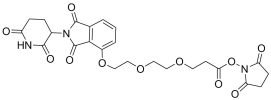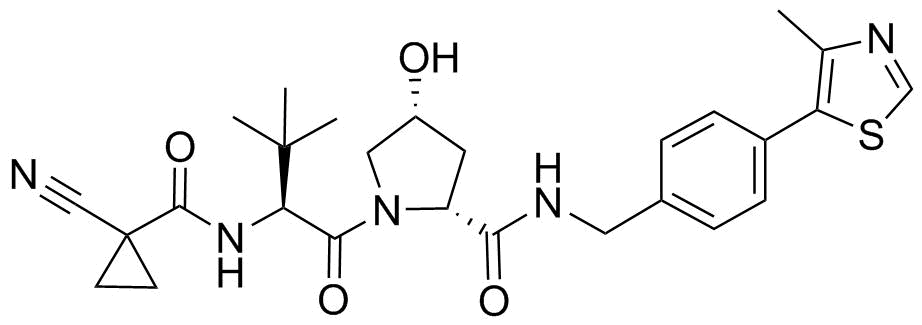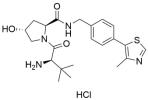PROTACs (PROteolysis TArgeting Chimeras) revolutionize drug development by breaking down disease-causing proteins instead of just blocking them. By harnessing the body’s natural degradation system, PROTACs offer targeted treatments for cancers, neurodegenerative diseases, and autoimmune disorders. With their ability to remove harmful proteins, PROTACs are leading the way in more effective and precise therapies.
PROTAC Linker
PROTAC: Changing How We Target Disease-Causing Proteins
Overview:
PROTACs (PROteolysis TArgeting Chimeras) are shaking up the field of drug development. Unlike traditional treatments that simply block harmful proteins, PROTACs remove them entirely. By using the body’s natural system to break down proteins, PROTACs offer new hope for treating cancers, neurodegenerative diseases, and autoimmune disorders.
How PROTACs Work
PROTACs use three main parts:- Target Ligand: This binds to the specific protein that needs to be broken down.
- E3 Ligase Ligand: This connects to the E3 ubiquitin ligase, which tags the protein for destruction.
- Linker: This holds the two ligands together, helping them bring the target protein and E3 ligase into contact.
Key Benefits
There are several reasons why PROTACs stand out:- Selective Degradation: PROTACs only break down the specific proteins causing disease, which reduces side effects.
- Catalytic Action: They work over and over, degrading multiple proteins after a single binding event.
- Expanded Targets: PROTACs can target proteins that were once thought to be "undruggable."
Applications of PROTACs
Cancer Treatment: PROTACs have shown success in targeting cancer-related proteins like androgen and estrogen receptors. For example, ARV-110 is being developed for prostate cancer, and ARV-471 targets breast cancer. Neurodegenerative Diseases: By breaking down harmful proteins, PROTACs show promise in treating diseases like Alzheimer’s and Parkinson’s. Autoimmune Disorders: PROTACs can target proteins that cause inflammation, which could lead to better treatments for autoimmune conditions.Leading PROTACs in Development
- ARV-110 (Arvinas): Targets the androgen receptor in prostate cancer.
- ARV-471 (Arvinas): Targets the estrogen receptor in breast cancer.
- dBET1 (Dana-Farber): Breaks down BRD4, a protein linked to cancer.
- CFT7455 (C4 Therapeutics): Targets proteins involved in multiple myeloma.
- NX-2127 (Nurix Therapeutics): Breaks down BTK in B-cell cancers.


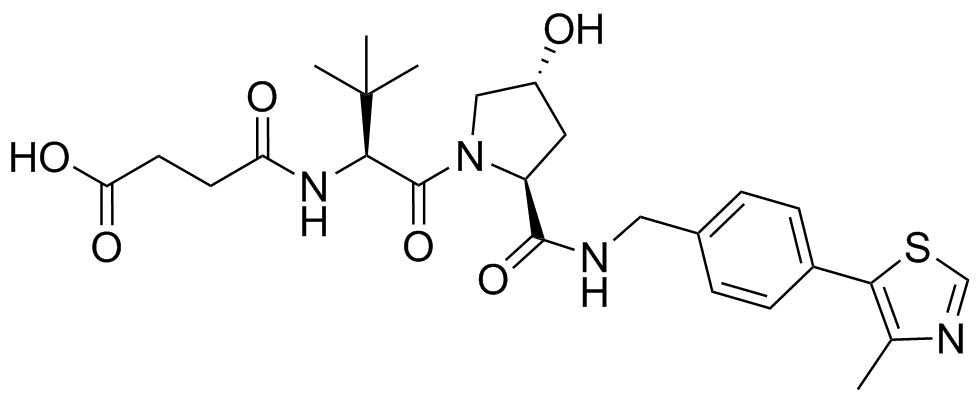
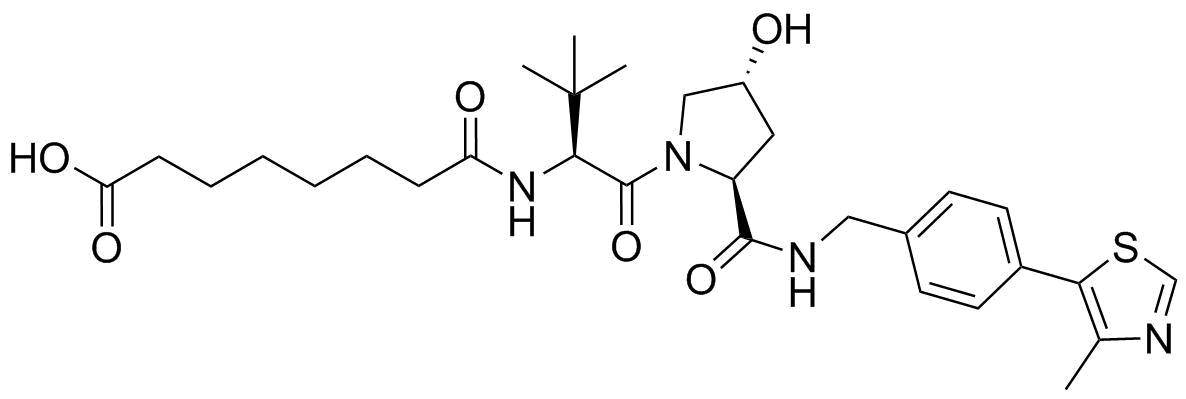


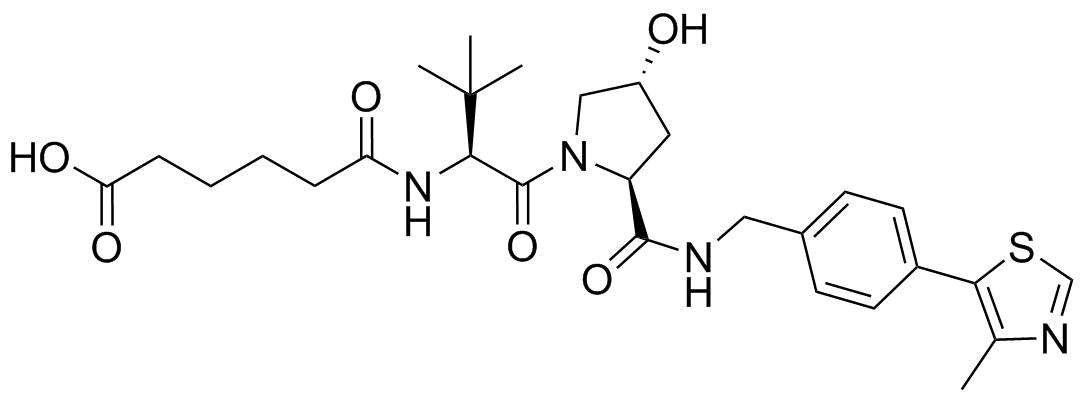





















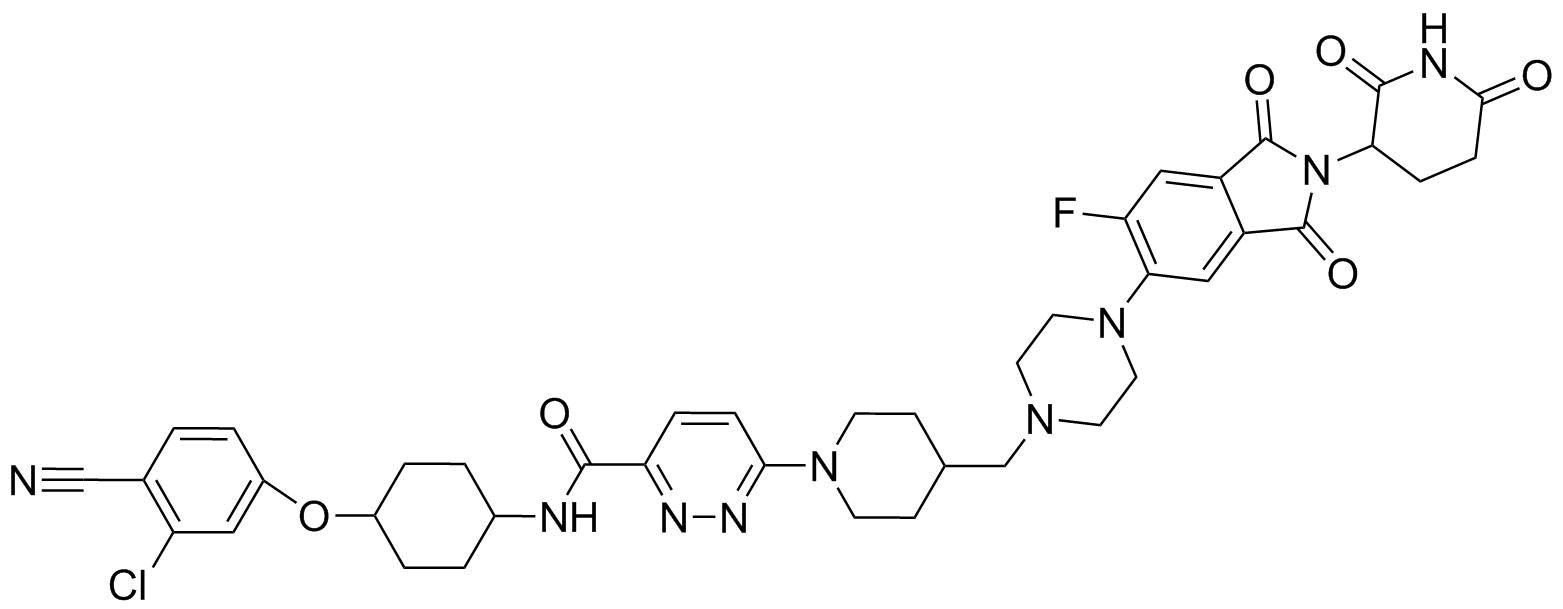




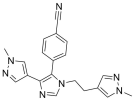

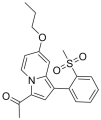



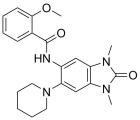
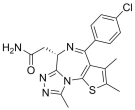
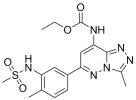
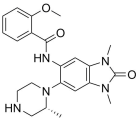
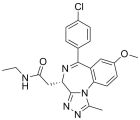

![l-[(3R)-3-[4-amino-3-(4-phenoxyphenyl)-lHpyrazolo [3,4-d]pyrimidin-l-yl]-l-piperidinyl]-2-propyn-l-one](https://e1752fbe.rocketcdn.me/wp-content/uploads/AP14272-CAS-936563-91-6-1-e1686054563587.png)
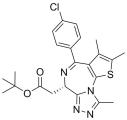


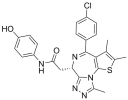
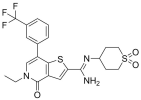
![N-[3-Chloro-4-(3-fluorobenzyloxy)phenyl]-6-iodoquinazolin-4-amine](https://e1752fbe.rocketcdn.me/wp-content/uploads/AP14270-CAS-231278-20-9-1-e1686064939791.png)




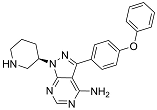
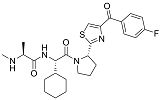

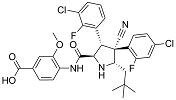
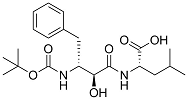
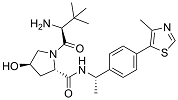
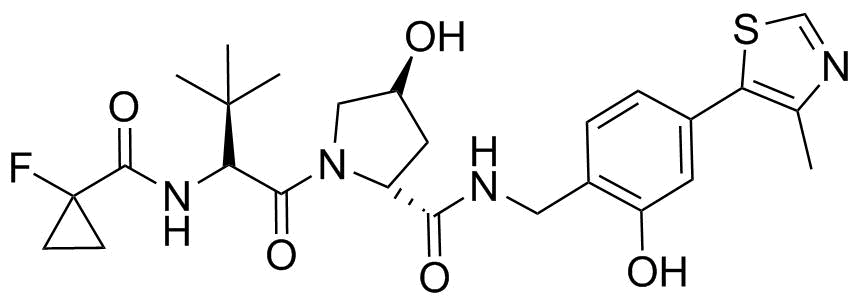
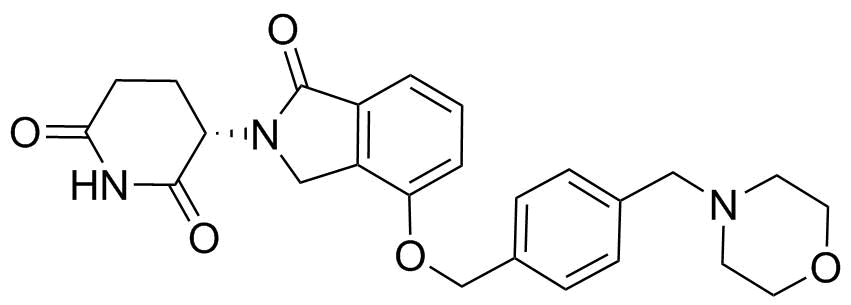












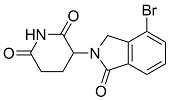
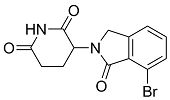




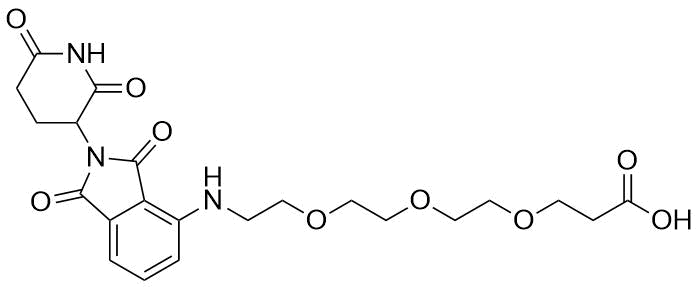
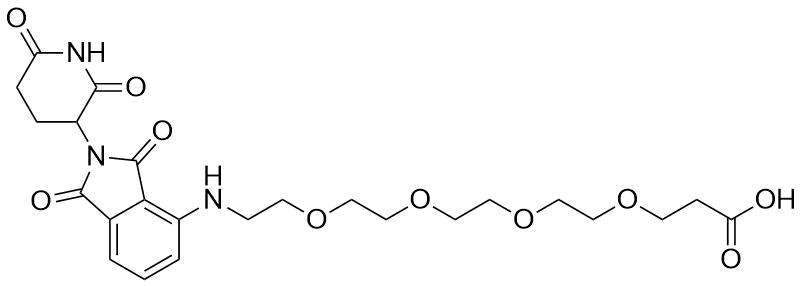


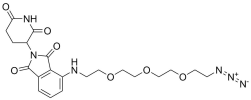
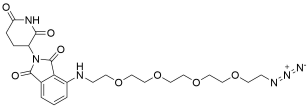


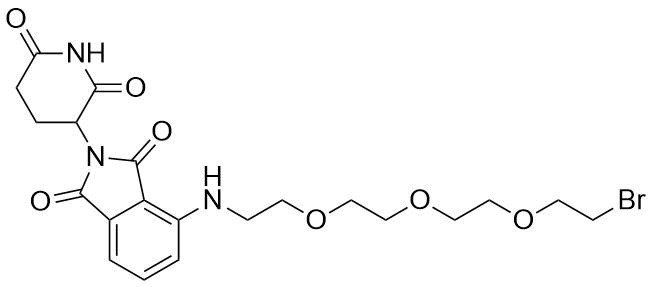




![3-{5,7-dioxo-5H,6H,7H-pyrrolo[3,4-b]pyridin-6-yl}piperidine-2,6-dione](https://e1752fbe.rocketcdn.me/wp-content/uploads/AP13955-CAS-31804-66-7-1.png)





